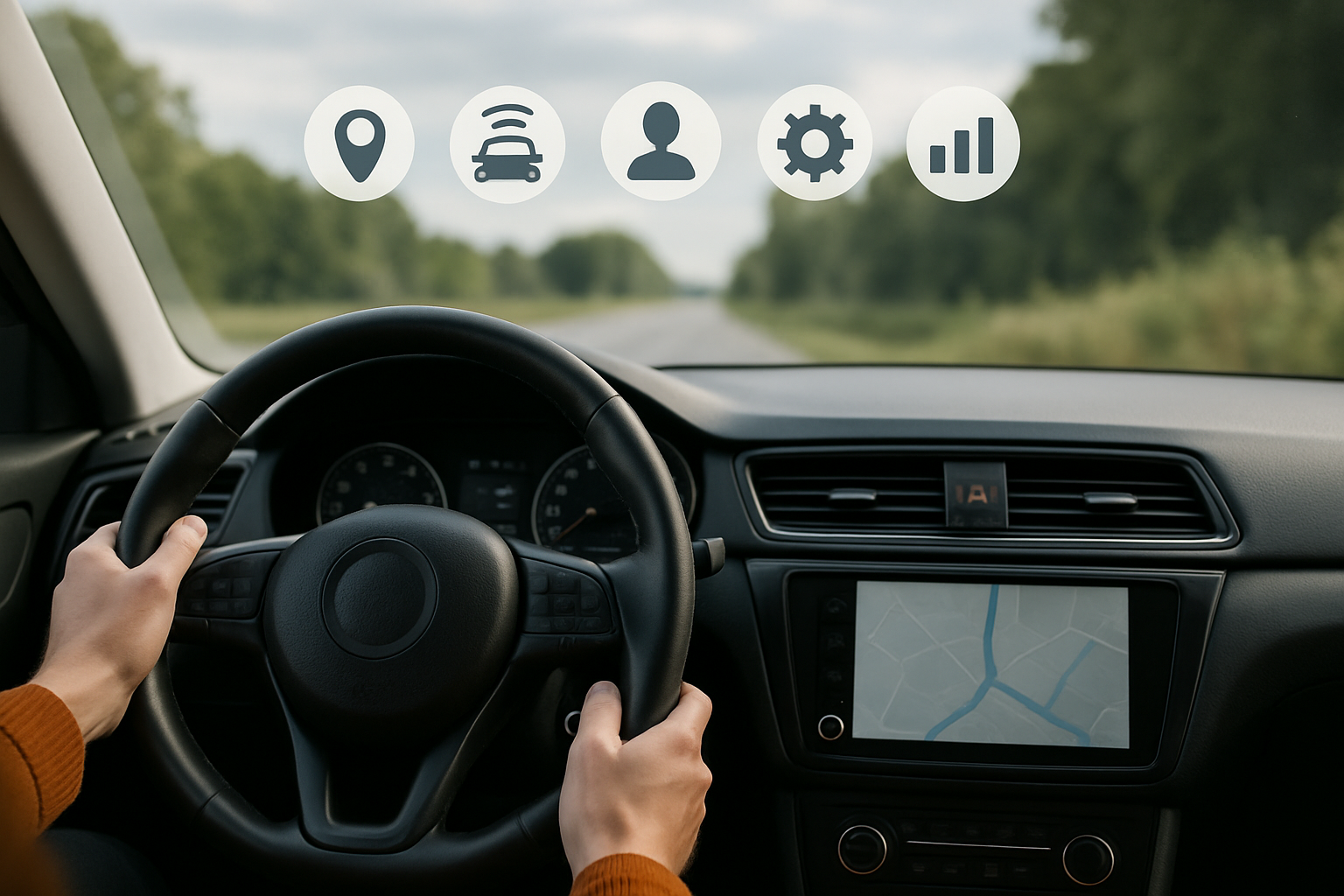
Automatically created crowdsourced map, generated from tactile data transmitted from vehicles
Tactile Mobility’s software suite uses a vehicle’s built-in, non-visual sensors to collect and analyze data to adjust some actions by the vehicle during certain conditions, provide service and maintenance warnings to the owner and as a means of storing that data in the cloud for further use by automakers and others.
The tactile sensing technology does its job in two ways that Tactile Mobility divides into two sectors it has named VehicleDNA and SurfaceDNA.

Automatically created crowdsourced map which shows the locations and severity of potholes
The latter detects and analyzes road conditions—everything from potholes to speed bumps to black ice, creating what the company terms “grip estimation.”
“If a vehicle is driving and there’s a major change in grip and the vehicle can, in an autonomous way, brake itself or activate certain systems like ABS, but also transmit everything to the second component, to the cloud, to conduct crowdsourcing and allow the next vehicle in line to collect or receive that data as well,” said Eitan Grosbard, Tactile Mobility vice president of business development and marketing in a web interview.

Eitan Grosbard, VP of Business Development and Marketing at Tactile Mobility.
“If using adaptive cruise control, the vehicle will receive predictive that will predict what is happening in front of you and the vehicle will autonomously decelerate,” said Grosbard.
For the driver, the experience is basically passive. When the system detects, say, a pothole, or a situation where there is a grip or traction issue, the driver would receive an alert.
VehicleDNA analyzes the state of the vehicle by creating what Grosbard said is a “digital twin” that provides information its components including tires, chassis and suspension.
The driver would receive warnings that certain components such as brakes or tires need service. In the case of tires, beyond air pressure warnings, VehicleDNA provides information on the overall condition of the tires including warnings such as, “the tire will explode if you don’t take care of that,” said Grosbard.
A key component is driver privacy. All data sent to the cloud for analysis by the automaker and Tactile Mobility has been anonymized, to protect the driver’s identity according to Grosbard.

Starting in the summer of 2021 all BMW brands and models will contain Tactile Mobility software inside
DANIEL KRAUS/BMW GROUP

https://www.forbes.com/sites/edgarsten/2020/09/15/bmw-to-install-israeli-sensing-tech-in-every-model-brand/?sh=13f5db4a6418
For BMW, Tactile Mobility’s sensing technology will be installed in every model in all its brands including Mini and Rolls Royce starting next summer, “for several years,” Grosbard explained. The company is also in talks with several other premium and mass-market automakers that Grosbard said he could not name at this point.
“The beauty of it is each OEM (automaker) can utilize that data for so many needs starting with the road for improving driving experience and safety, continuing with the VehicleDNA side to understand what is the state of the vehicle, does the vehicle need to go for maintenance.”
Beyond auto companies, Grosbard says there’s strong interest from fleet operators, insurance, mapping, rideshare and tire companies as well as from various municipalities that are anxious to purchase and use the captured data for their own purposes—providing Tactile Mobility with still another revenue stream.
“In the end this is a solution that will be relevant to all types of vehicles and our intention is to have as many vehicles on the streets using our technology to collect more and more data,” said Grosbard.


